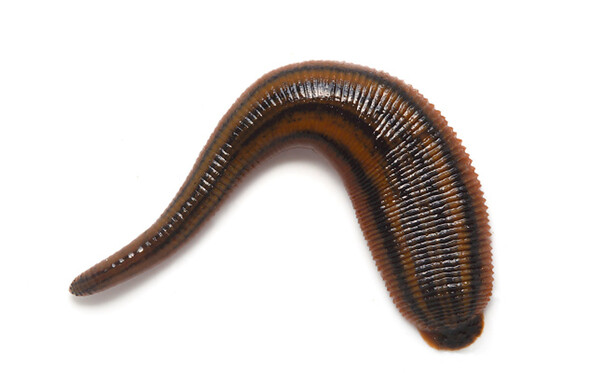When we think of brains, our minds often gravitate towards humans or other large animals. However, the animal kingdom is full of surprises, and one of the most extraordinary examples of anatomical complexity comes from the humble leech. Did you know that leeches have 32 brains? This fascinating feature has made them a subject of great interest in science, medicine, and even popular culture. In this article, we’ll explore everything there is to know about leeches, their nervous systems, and other animals with unique anatomical features.

Leeches are the answer to this intriguing question. They belong to the phylum Annelida, which includes segmented worms. Each segment of a leech’s body contains its own ganglion—a bundle of nerve cells—that acts as a “mini-brain.” Since leeches have 32 body segments, they technically possess 32 “brains,” allowing them to coordinate movement and respond to stimuli in a highly specialized manner.
Leeches have a remarkably unique body structure, making them a perfect subject for scientific studies:
The leech’s nervous system is composed of a central nerve cord running along its body.
Each segment contains its own ganglion, which independently processes information and coordinates movement.
This decentralized nervous system allows leeches to survive and function even if parts of their body are damaged.
Leeches are well-known for their ability to consume large amounts of blood.
Their digestive system is highly efficient, allowing them to survive for months without feeding after a single meal.
Leeches use their multiple brains to perform tasks such as:
Coordinated movement: The ganglia work together to move their bodies in a wave-like motion.
Feeding: Leeches locate hosts, attach themselves, and use specialized teeth to create a bite.
Environmental response: Each segment processes stimuli independently, making leeches highly sensitive to their surroundings.
Leeches aren’t the only creatures with fascinating anatomy. Here are some other animals with unusual nervous systems:
Octopuses have nine brains: one central brain and eight smaller ones, one in each arm.
Each arm can act semi-independently, showcasing distributed intelligence.
Jellyfish lack a centralized brain altogether. Instead, they use a network of nerve nets to control their movements.
Starfish have no brain but rely on a nerve ring and radial nerves in their arms to coordinate actions.
Spiders have small central brains but compensate with extensive neural tissue in their legs, enabling complex web-spinning and movement.
Leeches have a long history of use in medicine, dating back to ancient times. Today, they’re still used for their therapeutic benefits:
Historically, leeches were used to remove “excess” blood to balance bodily humors.
Leeches are used in reconstructive surgery to improve blood flow and prevent clotting.
Their saliva contains anticoagulants, enzymes, and painkillers, making them invaluable in medical procedures.
The most commonly used medicinal leech species, Hirudo medicinalis, is bred specifically for therapeutic purposes.
Leeches are full of surprises! Here are some fun facts about them:
They have 10 eyes, but their vision is primitive and primarily used to detect light and dark.
Leeches can survive extreme conditions, including long periods without food.
Despite their reputation, not all leeches are bloodsuckers; some feed on decaying matter.
No. Some animals, like jellyfish and sponges, lack a centralized brain but have alternative systems for processing information.
Leeches don’t “think” in the way humans do. Their ganglia process sensory input and control movements, but they lack consciousness.
Octopuses, squids, and some insects exhibit distributed nervous systems, though none rival the segmentation seen in leeches.
Studying leeches offers valuable insights into:
Nervous system evolution: Understanding how simple animals process information can shed light on the origins of more complex brains.
Medical advancements: Leeches continue to play a role in innovative surgical techniques and therapies.
The leech, with its 32 brains, stands out as a marvel of the animal kingdom. Its segmented nervous system, ability to survive extreme conditions, and medical applications make it a creature worth understanding and appreciating. Leeches remind us of the diversity and ingenuity of life on Earth, highlighting the many ways animals adapt to their environments.
Whether you’re fascinated by leeches or curious about the broader topic of unusual animal anatomy, these creatures provide a glimpse into the incredible complexity of the natural world.
animal tags: leech
We created this article in conjunction with AI technology, then made sure it was fact-checked and edited by a Animals Top editor.